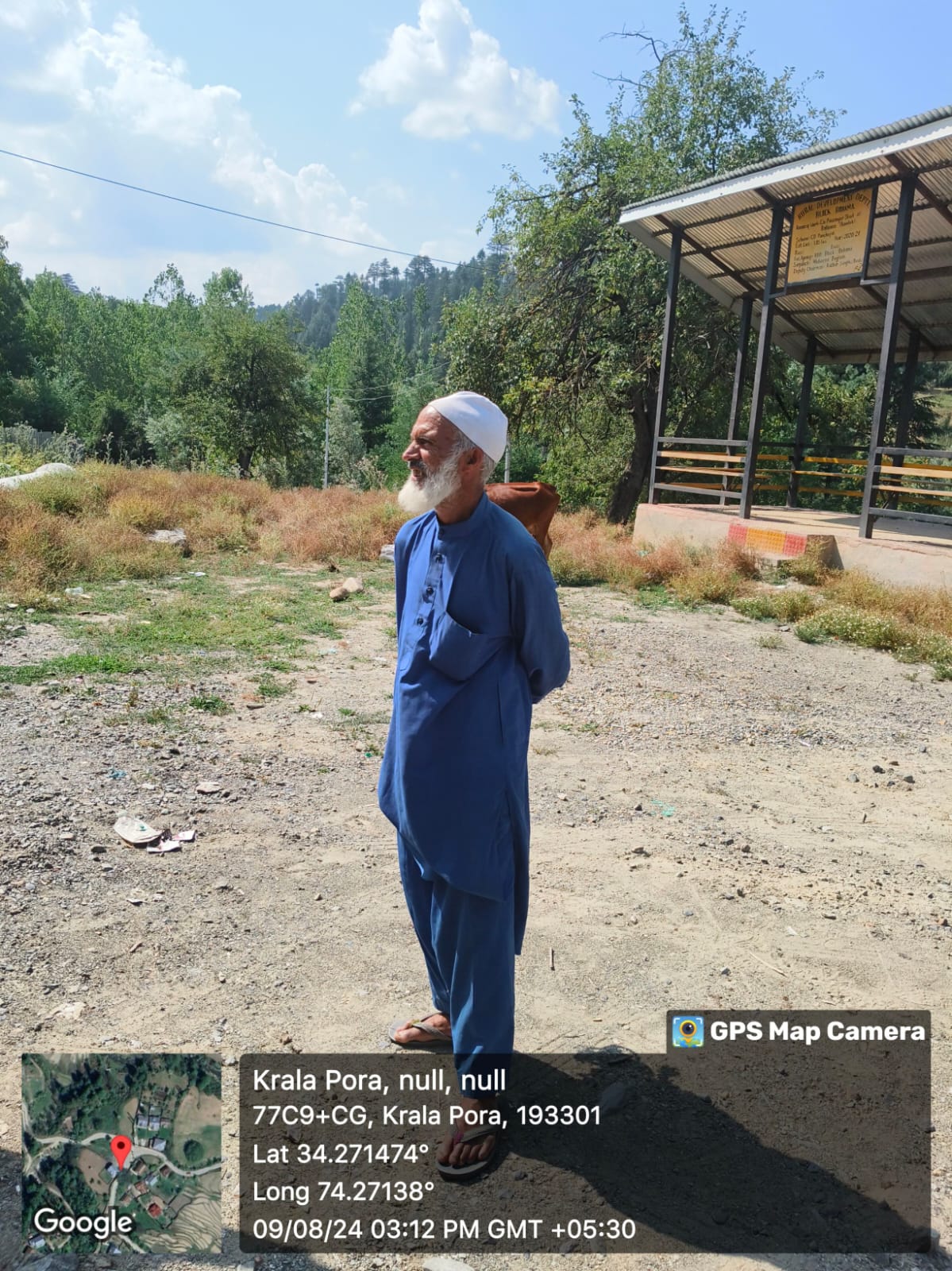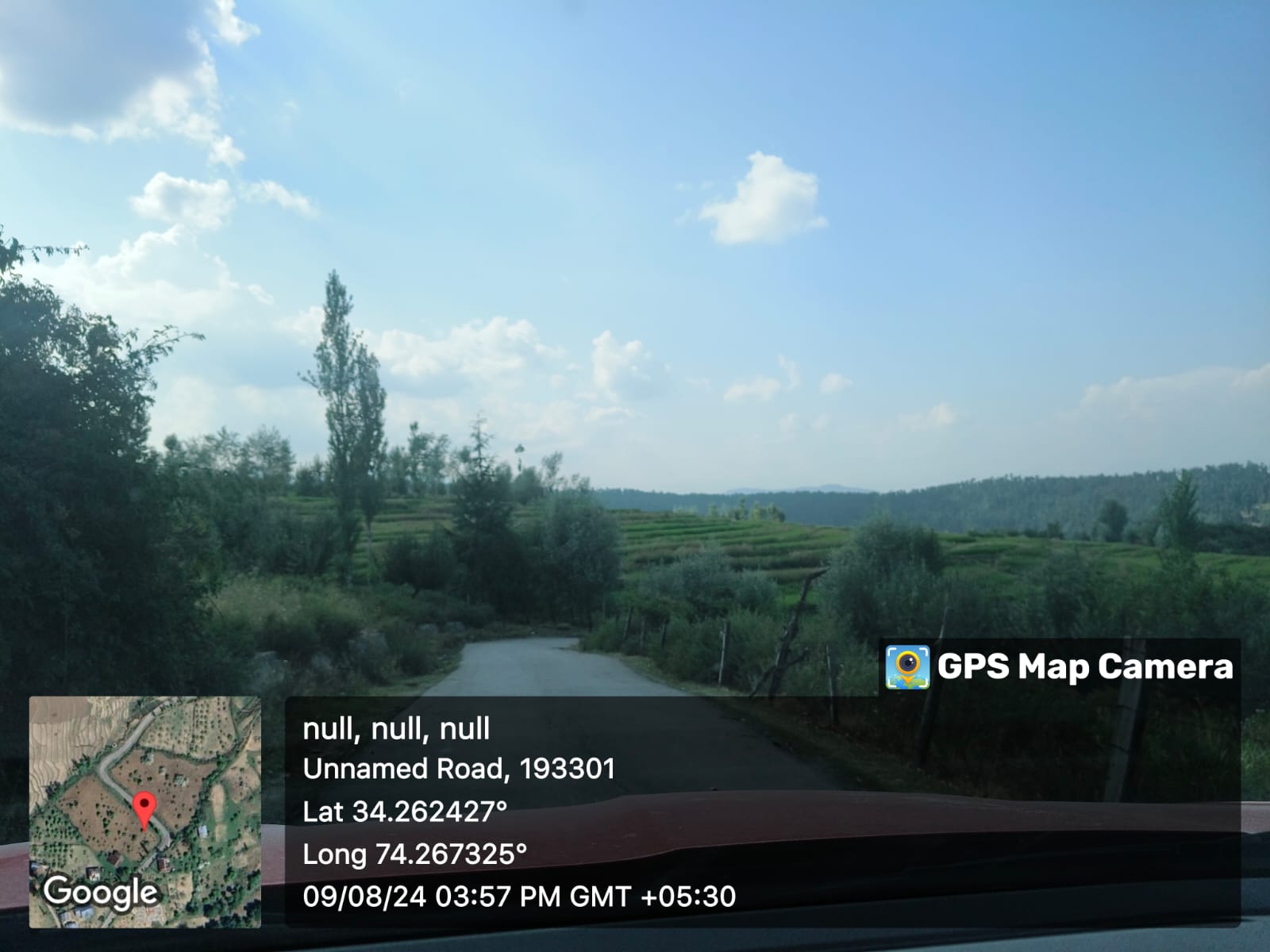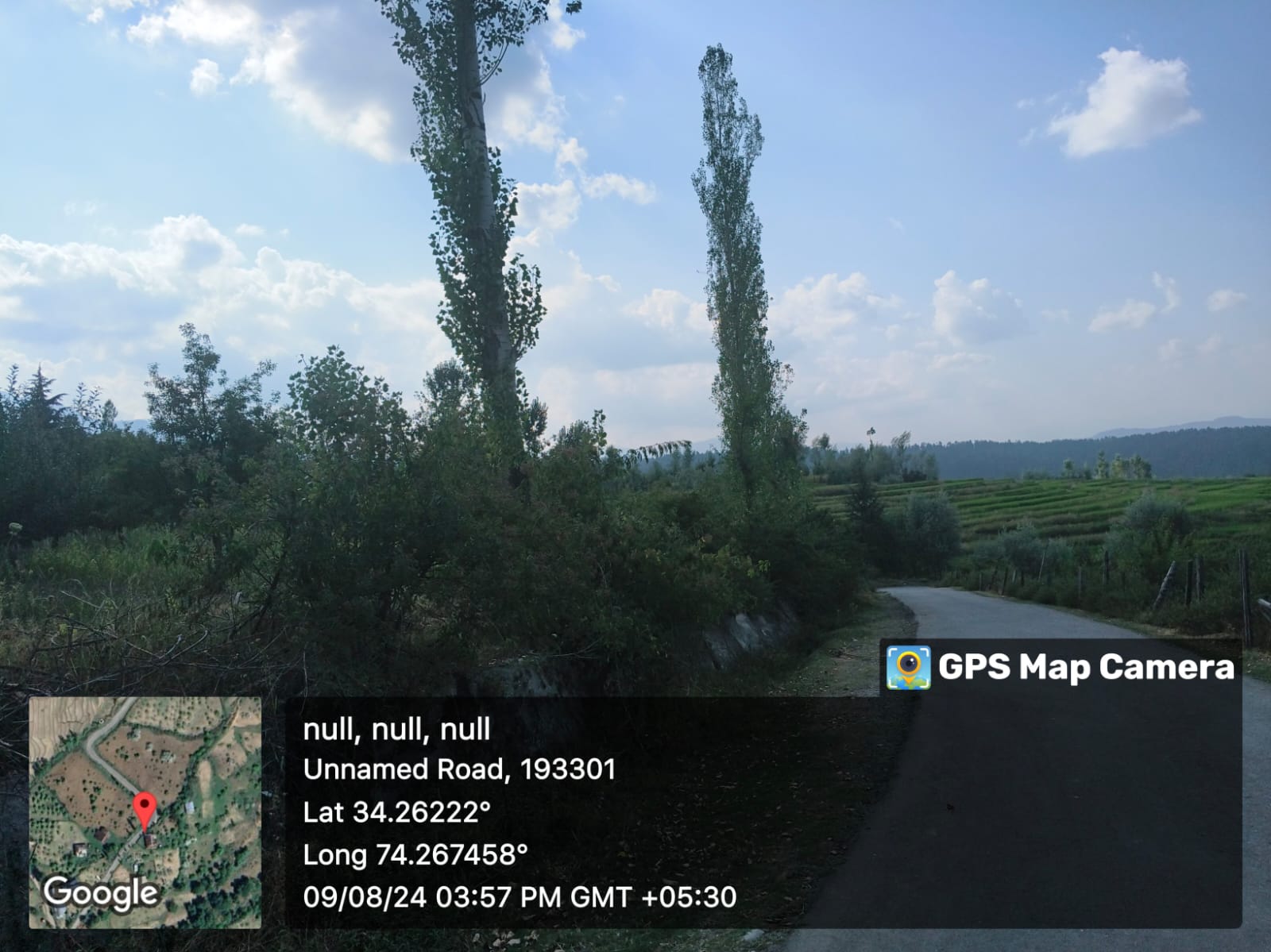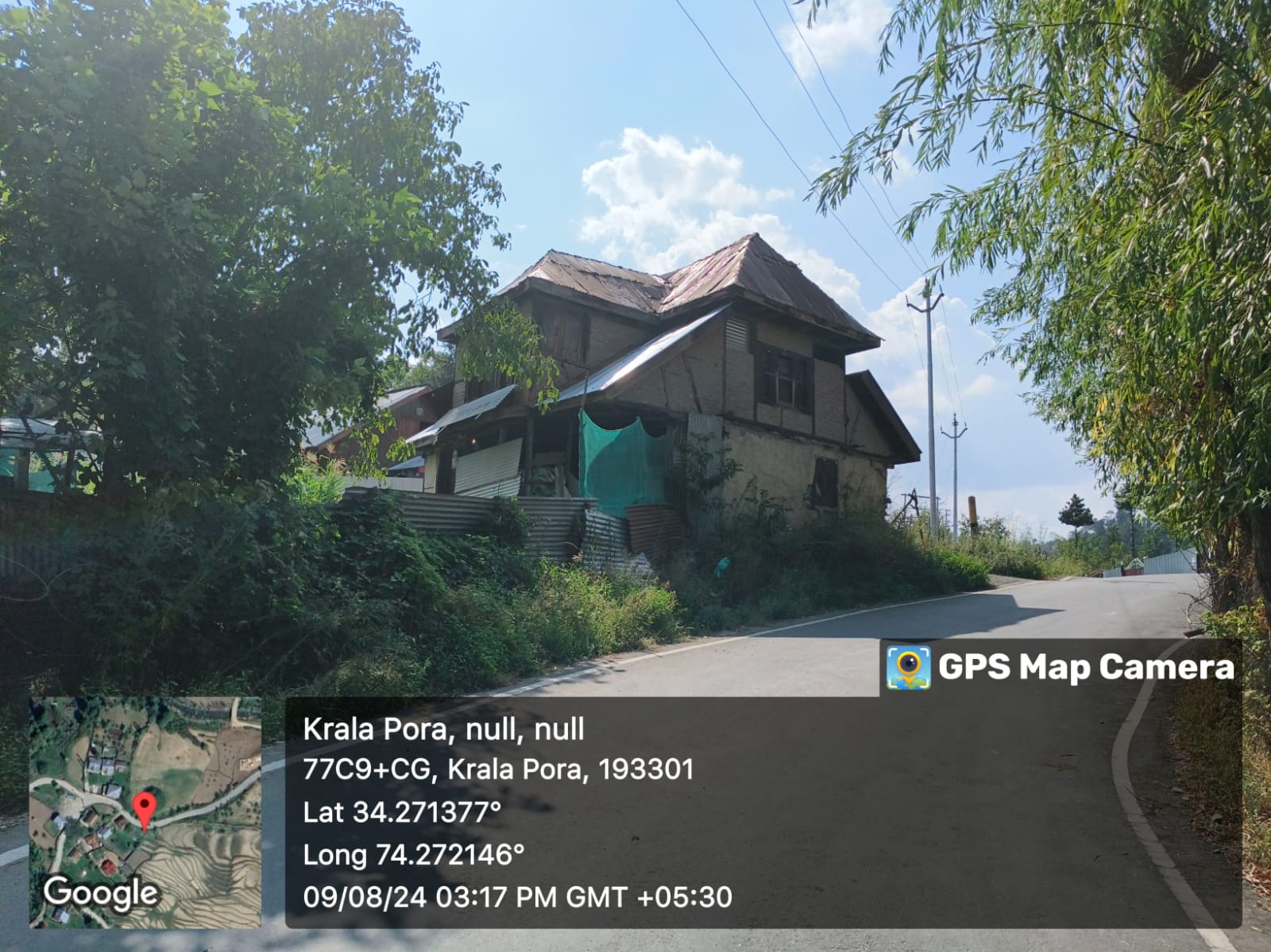Description
Shalkote, a picturesque village located in the Rafiabad region of Baramulla district in Jammu and Kashmir, India, is a hidden gem that attracts travelers with its lush green landscapes, rich history, and captivating natural beauty. Surrounded by majestic mountains and dense forests, Shalkote is an enchanting destination that offers a unique blend of cultural heritage, scenic vistas, and historical significance. The village’s charm lies not only in its natural surroundings but also in its vibrant traditions and warm community spirit, making it a must-visit destination in the Kashmir Valley.
Historical Significance
The history of Shalkote dates back to the 16th century during the Mughal Empire when Emperor Akbar's forces established their presence in the region. Shalkote was strategically positioned as a key trade and commerce center, linking Kashmir with Central Asia. Its proximity to ancient trade routes made it a bustling hub for merchants, artisans, and craftsmen, contributing to the village’s cultural and economic vibrancy. Over time, Shalkote became a significant settlement, with a growing community engaged in various crafts and trades, laying the foundation for the rich heritage it possesses today.
Architectural Heritage
Shalkote’s architectural landscape is a testimony to its storied past, blending Mughal influences with traditional Kashmiri craftsmanship. Key architectural landmarks include:
-
Ancient Mosques: Shalkote is home to intricately carved mosques, with the Shalkote Mosque, built in the 16th century, standing as a fine example of Islamic architecture. The detailed stonework and graceful arches highlight the artistic skills of the era.
-
Traditional Houses: The village's wooden houses, featuring sloping roofs and ornate carvings, reflect the aesthetic brilliance of Kashmiri craftsmanship. These homes, with their intricately designed doors and windows, offer a glimpse into the region’s architectural legacy.
-
Ruins of Mughal-Era Forts: The remains of Mughal forts in Shalkote stand as silent witnesses to the village's strategic importance in the region. The crumbling walls of these fortifications tell the tales of military conquests, trade, and the vibrant life that once flourished within.
Monuments and Sacred Sites
Shalkote is home to several monuments that are revered both for their historical significance and their cultural value:
-
Shalkote Mosque: An architectural marvel from the 16th century, the mosque is an iconic symbol of Shalkote’s Islamic heritage.
-
Baba Reshi Shrine: The shrine of Baba Reshi, a revered Sufi saint, draws pilgrims from across the region. The shrine stands as a testament to Shalkote's spiritual legacy.
-
Shalkote Fort: The ruins of the Shalkote Fort remain a significant historical landmark, symbolizing the region's strategic military importance during the Mughal era.
Climate and Seasonal Variations
Shalkote experiences a humid subtropical climate, with distinct seasonal changes that add to its allure:
-
Summer (June to August): The temperature ranges from 20°C to 30°C, making it a pleasant time to explore the village’s natural beauty.
-
Winter (December to February): The temperature drops between -2°C and 10°C, bringing snow to the region and enhancing its picturesque charm.
-
Spring (March to May): With temperatures ranging from 15°C to 25°C, spring brings blooming flowers and fresh greenery to Shalkote.
-
Autumn (September to November): The autumn months, with temperatures ranging from 10°C to 20°C, bring vibrant fall foliage to the village’s forests.
Economic Activities and Occupation
Shalkote's economy is primarily based on agriculture, horticulture, and handicrafts. The fertile lands support the cultivation of rice, wheat, and various fruits, including apples, cherries, and walnuts. The region’s orchards and nurseries contribute to its horticultural richness. Additionally, traditional crafts such as wood carving, weaving, embroidery, and pottery are significant aspects of the local economy, with artisans producing beautiful handmade goods that reflect Kashmiri artistry. Tourism also plays an important role, with trekking, fishing, and sightseeing opportunities drawing visitors to this serene village.
Demographics and Social Structure
Shalkote has a population of approximately 5,000 residents, with a harmonious mix of different communities. The people of Shalkote speak Kashmiri, Urdu, and Hindi, with Islam being the predominant religion, though Hinduism and Sikhism are also practiced by some residents. The village is known for its strong sense of community and cultural diversity, where residents maintain traditional values while embracing modernity.
Cuisine and Culinary Traditions
Shalkote’s cuisine is a reflection of its Kashmiri roots, with rich, flavorful dishes that highlight the region’s agricultural produce and culinary expertise. Traditional Kashmiri dishes such as Rogan Josh, Gushtaba, and Dum Aloo are common during family gatherings and festive occasions. The village also offers a variety of street foods, including kebabs, samosas, and traditional Kashmiri tea. Fresh fruits, particularly apples, cherries, and walnuts, are widely consumed, adding to the village's diverse culinary offerings.
Festivals and Cultural Celebrations
Shalkote is a vibrant cultural hub where local festivals and traditions are celebrated with great enthusiasm. Major festivals include:
- Eid-al-Fitr and Eid-al-Adha: These Islamic festivals are marked by prayers, feasts, and community gatherings.
- Navratri and Shivratri: Hindu festivals celebrated with rituals, prayers, and cultural performances.
The festivals bring the community together, reinforcing a sense of unity and preserving the rich cultural fabric of the village.
Education and Health Services
Shalkote is served by a number of educational institutions, including both government and private schools, catering to the educational needs of children. For higher education, students typically travel to nearby towns and cities, such as Baramulla, which is home to colleges like Baramulla College and Government Degree College. In terms of healthcare, the village is supported by the Baramulla District Hospital as well as private clinics and community health centers, ensuring access to essential medical services for its residents.
Challenges and Future Prospects
While Shalkote is a beautiful and culturally rich village, it faces several challenges, including the need for improved infrastructure, especially in terms of road connectivity, electricity, and water supply. Additionally, there is significant potential to promote tourism, showcasing Shalkote’s natural beauty, architectural landmarks, and cultural heritage. Supporting sustainable livelihoods for local artisans, farmers, and entrepreneurs could help ensure the long-term prosperity of the village.
Photos
Location Map
Contact Information
| Address |
Rafiabad, Baramulla district, Jammu and Kashmir, India |
| Phone Number |
8899790731 |
| Email Address |
Reviews (2)


nice village!






















very beutiful village